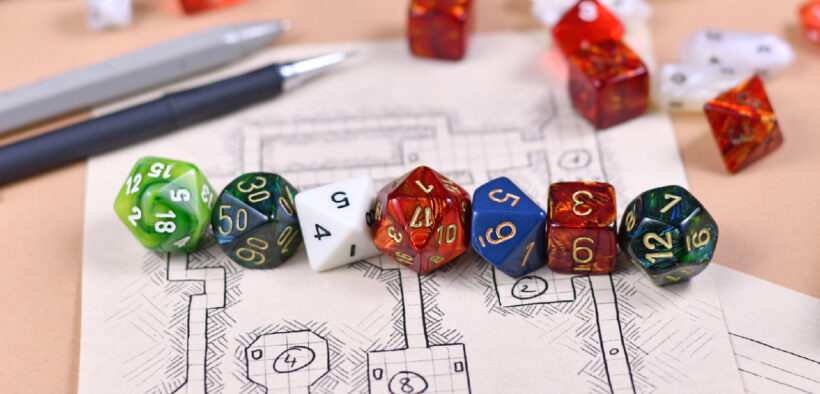Simulations are an opportunity for experiential learning, but faculty who use them usually adopt simulations that they created or found. An alternative is to have students create the simulation themselves as a learning activity.
What advantages do student-created simulations offer? When you play a game that someone gives you, that person tell you the goal and rules, and you must adopt a strategy from those. But when making a game, you need to think about which goals and strategies you want to foster and then create rules that enable those. In this way, you must think much more deeply about the underlying game situation. I had students in my international conflict class create a simulation to get them to think deeply about how different goals and rules of international relations lead to different strategies.









